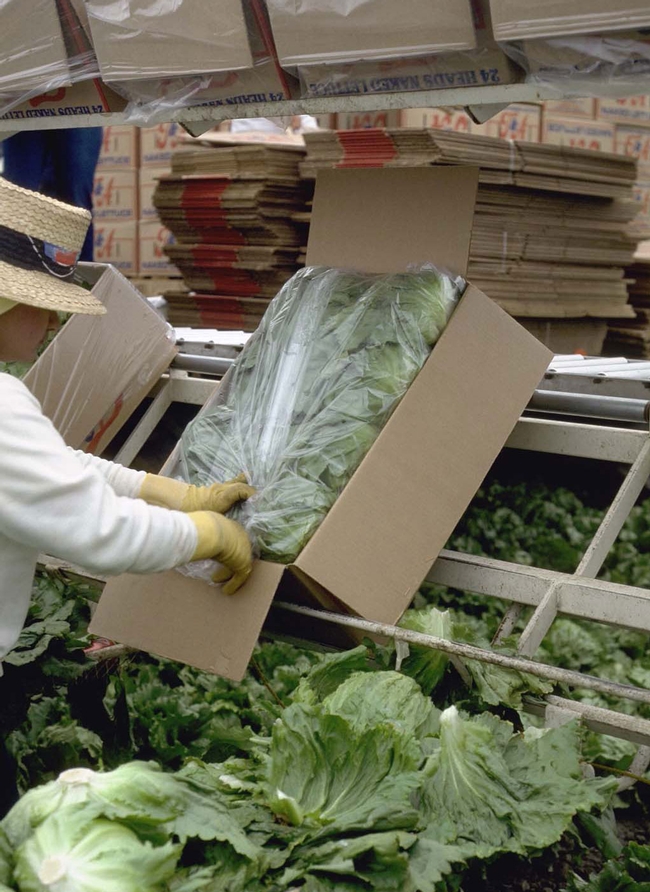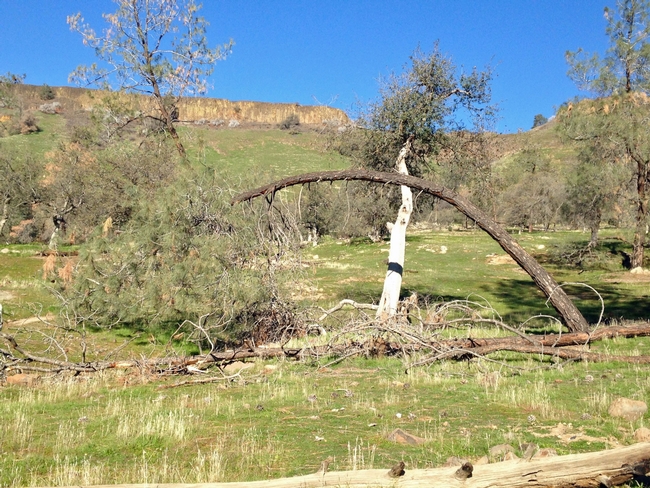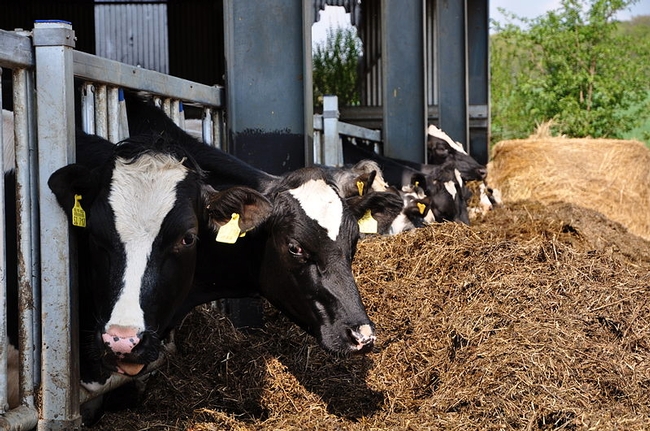Posts Tagged: Mary Bianchi
UC ANR to help growers comply with new food safety rules
While the U.S. Food and Drug Administration puts the finishing touches on the latest version of the Food Safety Modernization Act, UC Agriculture and Natural Resources advisors are planning how they will help farmers comply with new provisions, reported Taylor Hillman on AgNetWest.com.
Hillman spoke to Mary Bianchi, the director of UC ANR Cooperative Extension in San Luis Obispo County. She said most growers already have many components the act requires, such as their nutrient management plan and their irrigation plan.
"It's a matter of understanding what additional information they might need to be documenting on an ongoing basis and putting all the information together in one place," Bianchi said.
The FDA's Food Safety Modernization Act will likely require producers to take part in eight hours of continuing education on food safety, so UC ANR is making plans to offer the training.
"The Produce Safety Alliance from Cornell has worked with many extension people across the country to draft a curriculum that includes information we consider to be important for growers across the United States," Bianchi said. "That needs to be adapted for our growers here in California, of course, and we'll work with that information and hopefully with other agricultural organizations to make sure that our growers have access to the education that they need to comply."
Rain helps rangeland trees and grasses begin recovery
“Water stress renders oak trees more likely to express early leaf browning and to be more susceptible to damage from native and introduced tree pests and diseases,” said Bill Tietje, UC Cooperative Extension natural resources specialist. “One or more of these (drought years) could be the last straw for an already stressed tree.”
Recent rain has helped, but trees on shallow soil or on warm, south-facing hillsides are especially vulnerable.
“We are getting many reports of trees that are on the way out or are dead,” Tietje said. “The drought is certainly weakening many trees, and those that are old or have oak worm are dying.”
The Tribune reported that stressed valley oaks have a tendency to drop limbs or for the whole tree to drop, according to a report by Mary Bianchi, UCCE advisor and director in San Luis Obispo County. This happens because the tree closes its pores to conserve water while its roots continue to soak up what water they can.
“This causes water to build up in the trunk and limbs,” Bianchi wrote. “Apparently, the extra weight can cause limbs and maybe the whole tree to break, by some reports as though the tree exploded.”
Rangeland grasses are greening the foothills
The grassy surface of rangeland is faring better, reported the Modesto Bee. Abundant rain in December brought new growth to rangeland that has suffered badly in three years of drought.
“This December has been great for growing grass, lots of moisture and warm temperatures,” said an email from Theresa Becchetti, a UCCE livestock and natural resources advisor in Stanislaus County. “I'm not counting any chickens before they hatch, though.”
Humboldt County voters to weigh in on GMOs
Alison Van Eenennaam, UCCE specialist in the Department of Animal Science at UC Davis, said there are thousands of scientific studies that have shown that GMOs are not dangerous. Van Eenannaam herself published a review in September that examined 30 years of livestock-feeding studies that represent more than 100 billion animals. She concluded that the performance and health of food-producing animals consuming genetically engineered feed has been comparable to that of animals consuming non-GE feed.
Van Eenennaam cautioned the North Coast Journal reporter that "you can't just say 'GE is safe.'"
"That's too broad," she said. "That's like saying 'electricity is safe.' People who've been in the electric chair would disagree."
One can't say that traditional breeding is "safe," either. People have been breeding organisms to select for specific traits, and creating hybrids by crossing two species (such as a horse and donkey to get a mule) for thousands of years, the article said.
In San Luis Obispo County, where a measure banning GMOs failed in 2004, organic farmers are using buffers and communication with neighbors to allow farmers who use GMOs to coexist with non-GMO farmers.
"Coexistence is not a new idea,"said Mary Bianchi, director of SLO County UCCE. But it's been working. And, she says, nobody has pushed for a GMO-ban in San Luis Obispo County since.
The director of UC Cooperative Extension in Humboldt County, Yana Valachovic, said she and her office haven't taken a side in the debate over the Humboldt County measure.
She said she believes the issue boils down to one question: "Are we more concerned about the risks or more hopeful of the opportunities?"



